Teen Orthodontics
Teen Orthodontics
Braces for Teenagers
In children and young adults of this age, the aim of orthodontic treatment is to straighten their teeth, correct any remaining problems with their bite. Our experienced orthodontists at Appolonia are here to set your teenager up with a more confident and healthier smile for life!
Types of common orthodontic problems:
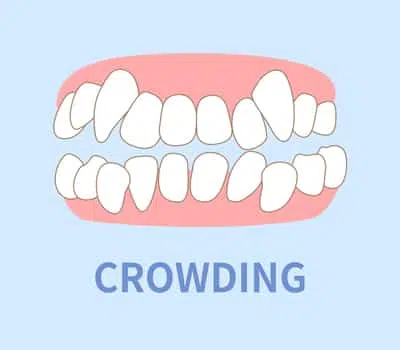
Crowded teeth
Crowding occurs when teeth have insufficient room to erupt from the gums. Not only is crowding unattractive, but it has been linked to periodontal problems and dental decay because it makes it harder to clean overlapping teeth surfaces.
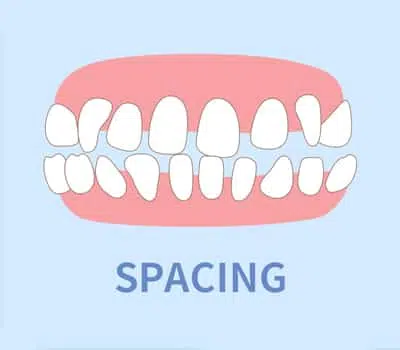
Gap Teeth
The opposite of crowding, the spacing is most commonly caused by excessive jaw room for the size of erupting teeth. Spacing problems may be the result of missing teeth or they may only be a cosmetic or aesthetic issue. Spacing is another popular reason for getting braces through our orthodontic practice.
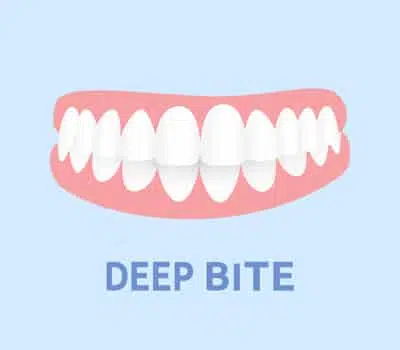
Deep Bite
In a deep bite, the upper front teeth extend too far out over the lower front teeth, sometimes causing the lower front teeth to bite into the roof of the mouth. Problems often associated with a deep bite include a “gummy” smile, protruding lips, and excessive incisor wear.
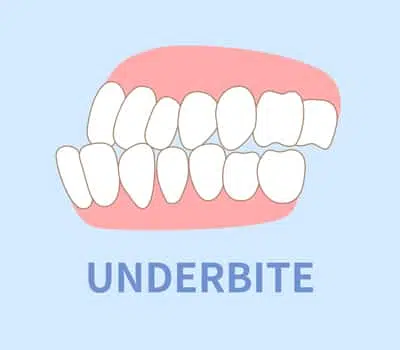
Underbite
An underbite occurs when the lower jaw extends too far out, causing the lower front teeth to sit in front of the upper front teeth.
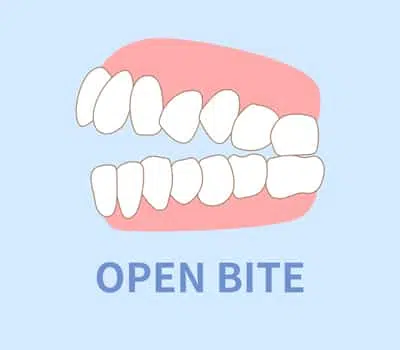
Open Bite
In this case, the upper and lower front teeth do not overlap, thus impacting proper chewing. Open bite may be caused a number of unwanted habits, such as tongue-thrusting and thumb-sucking. Early evaluation and intervention by an orthodontist are essential for correcting an open bite.
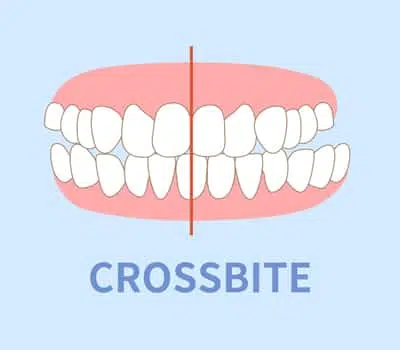
Crossbite
This is a situation where the upper teeth sit inside the lower teeth. This type of bite causes improper use of the lower jaw and sometimes brings about facial asymmetry.
Stages of Treatment
Stage 1 Active Phase
There are a lot of treatment options these days, from conventional metallic braces to ceramic braces and clear aligner therapy. They each have their uses. Appolonia Orthodontists have the specialized knowledge to consider all possibilities, based on variables like your age, possible jaw imbalances, differences in the size of your teeth, and more. They know what to use and when to use it, and will work with you to make the best decision – for your best smile.
Learn more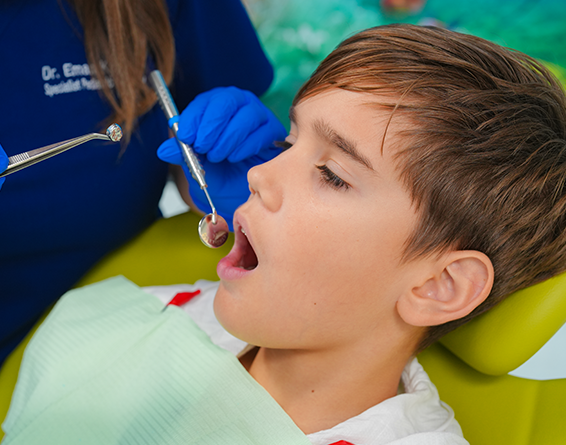
Stage 2 Retention Phase
You are the person in charge of keeping your teeth straight. How do you do this? By wearing your retainers. Retainers are used for two reasons: first, to allow bone to rebuild after your teeth have moved, and second, to keep individual teeth from drifting. In other words, retainers preserve and stabilize the results you and your orthodontist achieved through your orthodontic treatment.
Learn more
Teen Orthodontics FAQs
In teens, Orthodontic treatment usually starts between the ages of 12 and 16 because most permanent teeth have erupted by this time. Orthodontic problems like gaps, crowding, malocclusions and alignment are easily detected in teenagers. Bone and jaw structures have sufficiently formed to allow orthodontic treatment to begin but are still soft enough to move teeth easily. Most importantly, if your teenager has gaps, crooked, or protruding teeth, they may feel self-conscious and hide their smile. Many teenagers become very concerned with how they may be perceived and treated by their peers. Confidence and positive self-esteem can help your teen be successful through their education, social and future career goals. Often a straight smile helps their confidence.
We always recommend a consultation with our orthodontist if you notice the following issues:
- Protrusion of teeth
- Difficulty chewing or biting; biting the insides of the lips or mouth
- Too much space between teeth
- Teeth that meet abnormally
- Jaws that shift or make noises
- Overcrowded teeth
- Difficulty flossing or brushing due to crowding
- Signs that your teen may be hiding their smile because they are concerned or embarrassed about their appearance
Don’t make the mistake of waiting for orthodontic problems to resolve on their own. Once facial growth is complete, treatment can be more difficult and costly. Your teen may also feel more comfortable addressing problems at a time when friends are undergoing similar treatment. Treating your teen’s malocclusion ensures not only a lifetime of happier, more self-confident smiles but also teeth and jaws that are properly aligned, promoting better oral and physical health.
- Shortened treatment time
- Reduced need for tooth extraction
- The ability to preserve space for any unerupted teeth and provide room for crowded, erupting teeth
- Restored facial symmetry and aesthetics by stimulating jaw growth
- Preserved tooth health and minimized threat of damage to protruding teeth
Our Orthodontic Team
Our Orthodontic specialists at Appolonia received an additional three years of specialized education beyond dental school to learn the proper way to align and straighten teeth as well as years of experience in treating patients of all ages.





